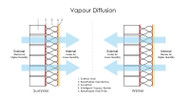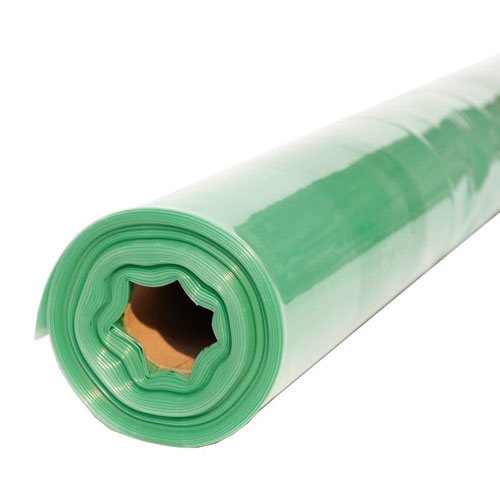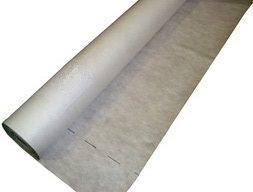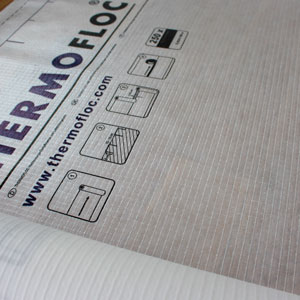Breathable Membranes, VCLs, VSDs, Water Vapour – what’s it all about?
Posted by Celtic Sustainables on 10th Dec 2019
If you are considering insulation for your property, no doubt you have come across terms such as VCL, VSD, vapour barrier and breathable membranes to name but a few. We’ve put together a quick overview and a brief explanation of the main types of membrane and their application.
First though, it helps to understand a few things about water molecules, Don’t panic, I’ll try to keep it simple.
Water has 3 states. Solid = Ice, Liquid = Water, Gas = Water Vapour. The molecules in Water and Water Vapour are what we need to look at to understand how breathable membranes work.
Molecules are groups of atoms. Liquid molecules contain a greater number of atoms than gas molecules. As a result, Water molecules are a lot bigger than water vapour molecules. A material with holes of the correct size will allow water vapour to pass through but not water.
Humidity is the amount of water vapour that is held in the air. Warm air has the capacity to hold more water vapour than cold air.
Relative Humidity Is amount of water vapour held in the air, compared to the maximum saturation possible at the same temperature. The value is calculated and written as a percentage. e.g. 50% RH.
Dew Point. As air temperature drops, it’s capacity to hold water vapour decreases. The cooling air will eventually reach a point where it is fully saturated, this is the known as the dew point. A further drop in temperature results in excess vapour molecules being released as water molecules a.k.a. Condensation.
NOTE: The dewpoint is not a fixed temperature, it will vary depending on humidity level and air pressure.
Vapour Diffusion (movement of water vapour through a substance). Water vapour molecules that are free to move between areas will always try to equalise. So, air with high humidity (usually warmer air) will always want to move towards an area of lower humidity (cooler air). If there is a vapour permeable material between these two areas the molecules will pass through.
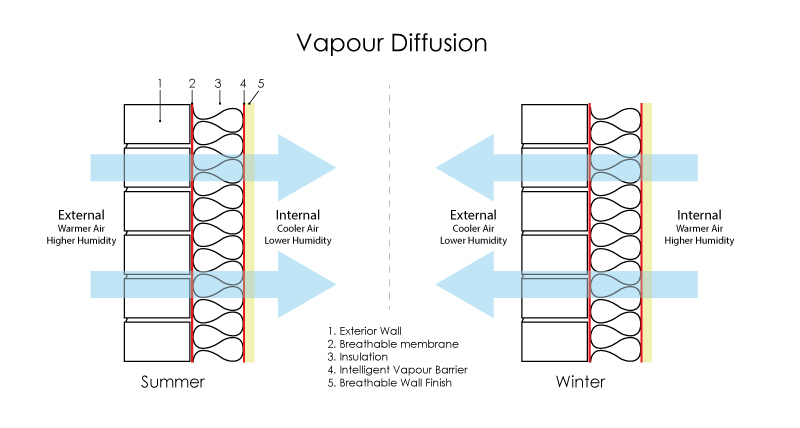
Interstitial condensation
Sounds complicated but it’s just condensation that occurs within a material rather than on the surface. This occurs when the surface temperature is above the dewpoint, but the core temperature is below the dewpoint. Interstitial condensation can cause material breakdown and decrease the thermal properties of insulation.
…so, that’s the Science bit over and done with, back to the membranes:
VCL (Vapour Control Layer)
Ok this is a common one, the meaning of which has unfortunately become a little unclear. VCL is a collective term for materials used to control the passage of moisture So in theory, it can be used to describe both breathable membranes and Vapour Barriers which are 2 very different materials. However, you will usually find that VCL is used specifically to describe a vapour barrier. A vapour barrier is a non-permeable material designed to stop the passage of water in any form.
A quick online search for ‘Vapour Control Layer’ or ‘breathable membrane’ will turn up an extensive list of products, many with fancy technical names, however to make things a little simpler to understand, we can put products into 3 main categories.
- Vapour Barriers
- Breathable Membranes
- Intelligent Membranes.
Vapour Barrier
A vapour barrier (sometimes referred to as a vapour check) is installed on the warm side to completely stop the passage of air and water vapour through the insulation and to the cold side.
Without a vapour barrier, warm humid air in the building will naturally move towards the cold side, where eventually it will condense. (see ‘Dew Point’ and explanation above). This often occurs on the surface of a cold wall or the underside of roof tiles.
www.celticsustainables.co.uk/novia-1000g-vapour-control-layer/
Although the correct Installation of a vapour barrier will stop water vapour passing through, moist air can still find its way into the insulation by other means and this is where the installation of a breathable membrane on the cold side can help further.
Breathable Membrane
This technology in this membrane takes advantage of the fact that water vapour molecules are much smaller than liquid water molecules. The tiny holes in the membrane allow water vapour to pass through, whilst holding back any condensation and water ingress.
Installed under roof tiles or against the inside face of an external wall, a breathable membrane is used to halt water ingress. At the same time, tiny pores in the material which are too small for water molecules to pass through, allow the passage of escaping water vapour, as it naturally travels towards the cold side.
www.celticsustainables.co.uk/thermafleece-breather-membrane/
Intelligent membrane
Research has shown that an effective way of improving a buildings insulation is the addition of an airtight layer. Heat escaping due to air leakage also contributes to CO2 emissions. An airtight seal can be achieved in a building with a standard vapour barrier, however the material’s lack of breathability means that problems will arise if any moisture from other sources is trapped behind the vapour barrier.
An intelligent membrane offers the best of both worlds, an airtight seal which also controls the passage of water vapour. When internal humidity levels are high, the membrane will be vapour closed. This prevents water vapour in the humid air passing through the membrane and condensing (see ‘Interstitial Condensation’ above). When the humidity level in the building drops past a certain point, the membrane changes to a vapour open state, allowing the escape of any trapped water vapour. Even when the membrane is in a vapour open state, the membrane remains airtight! I know this sounds like magic, but apparently It’s all to do with the vapour pressure differences being greater than air pressure differences. I’m still getting my head around that one, so I’ll save it for another day. All that we need to know for now is that it works.
www.celticsustainables.co.uk/thermofloc-vsd-membrane/
Still not sure what you need? We’ve got lots of information about natural and environmentally friendly insulation. Feel free to give us a call at Celtic Sustainables on 01239 777009 and we will work with you to find the best solution for you project. www.celticsustainables.co.uk
Celtic Sustainables Ltd does not accept liability for loss or damage arising from the use of this information.


